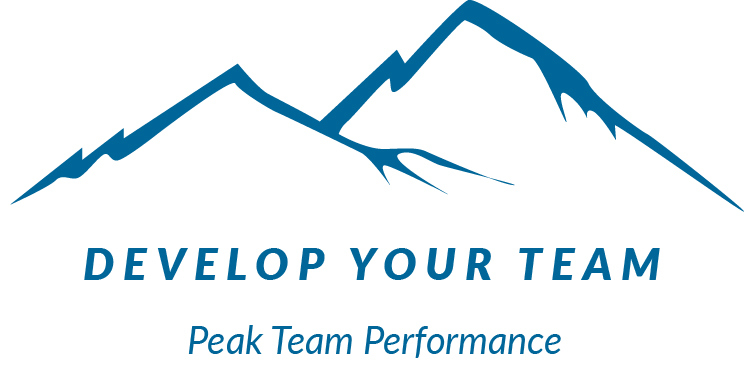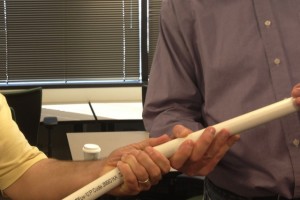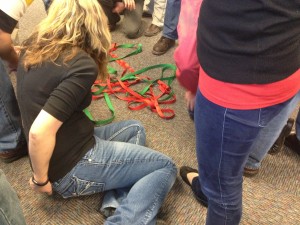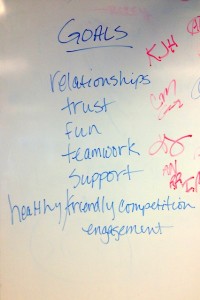Culture in the workplace. It can make the difference between a place people love to work or one they dread. For something that has such a profound impact on the success of an organization, the accidental company culture is surprisingly common!
If you are a leader in your organization, you have a choice. You can be intentional about establishing and developing the culture you want. Or, you can do nothing toward creating culture and hope that what develops organically is what you had in mind. Because whether or not you are intentional about it, your organization will develop a culture of its own. And as with most things, it’s easier and more effective to establish the culture you want if you build it from the start. When that doesn’t happen, you may find you need to change the culture, sometimes one that is firmly entrenched.
 The core elements of culture are the same, in organizations, society, and families. Culture grows out of the mission, vision, and values of groups of people. And the leaders of people have a tremendous impact on culture. When leaders select and develop people who demonstrate values and behaviors that align with the organization’s purpose, they reinforce culture. In addition, the leader’s ability to communicate the vision, promote the values, and demonstrate the behaviors that support those values has a profound influence on everyone else in the organization.
The core elements of culture are the same, in organizations, society, and families. Culture grows out of the mission, vision, and values of groups of people. And the leaders of people have a tremendous impact on culture. When leaders select and develop people who demonstrate values and behaviors that align with the organization’s purpose, they reinforce culture. In addition, the leader’s ability to communicate the vision, promote the values, and demonstrate the behaviors that support those values has a profound influence on everyone else in the organization.
So how can you be more intentional about creating culture and developing a team that embodies the culture you want?
Here are three keys to effectively establish or change an organization’s culture.
Mission and Vision:
First, be clear on both the organization’s mission and vision. Make sure everyone has a solid understanding of why they do what they do, and where they want to go in the future. Leaders need to be able to clearly articulate both of these, and make them part of an ongoing conversation with everyone in the organization. Steve Jobs once said, “in a thousand and one little, and sometimes larger ways, the vision needs to be reiterated.” In your organization, are the people in every role able to talk about the vision and about how they contribute to achieving it? If not, what steps can you take today to bring this about?
Values:
The values that are reinforced day-in and day-out are the ones that become part of an organization’s culture. What values are reinforced in your organization? Do the actual behaviors of everyone in the organization align with the stated values? Or are there areas of disconnect? Perhaps you’ve experienced something like this: A stated value that “work/life balance is important and respected.” But the actual practice is for emails and texts to be sent at all hours, any day of the week. If there is a discrepancy, the behaviors will have far more influence on the culture.
Behaviors:
Determine the behaviors that align with your mission, vision and values, and then consistently demonstrate and reinforce those behaviors. Think about behaviors you would expect to see in your ideal culture. If building relationships is one of your organization’s values, you might expect to see people going to lunch together, or taking time to interact on a more personal level from time to time. If you value achievement, you might expect to see a focus on goals and celebration when milestones are reached. Ensure that the systems in place support the desired culture and behaviors. Consider the behaviors that are rewarded in your organization. Are desired behaviors sometimes inadvertently punished? Or unwanted behaviors rewarded? For example, perhaps top-performers are “rewarded” with extra work, while under-performers are given less work to do.
Once you start on the path of changing culture, remember that it won’t happen overnight! The larger the organization, the longer change will likely take. But as you consistently reinforce the mission, vision, values, and desired behaviors, your ideal culture will soon become a reality in your organization. Change, large or small, starts with a single step. What step will you take today to take your organization’s culture where you want and need it to go?














